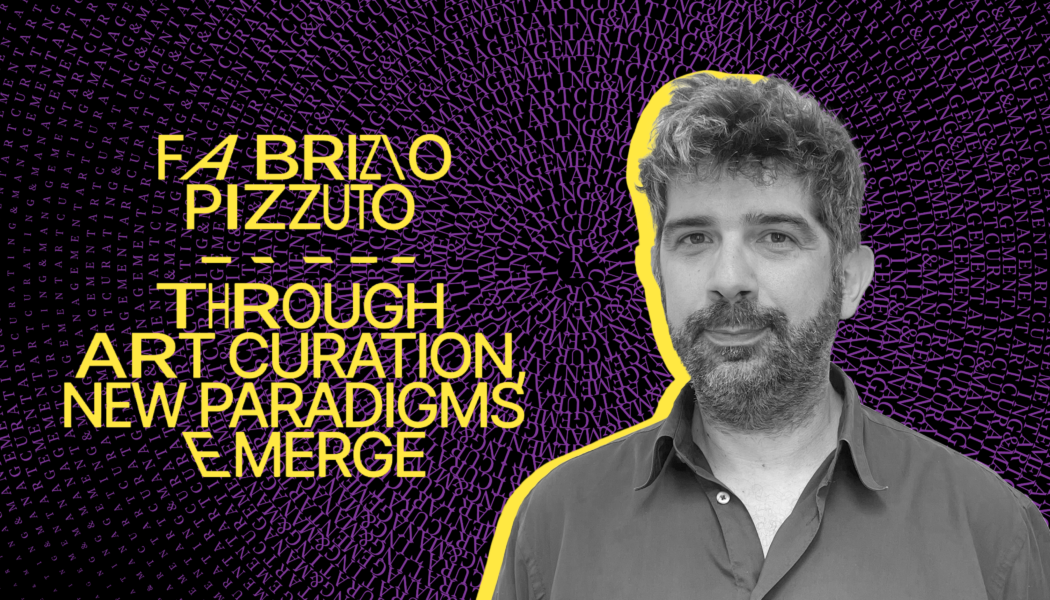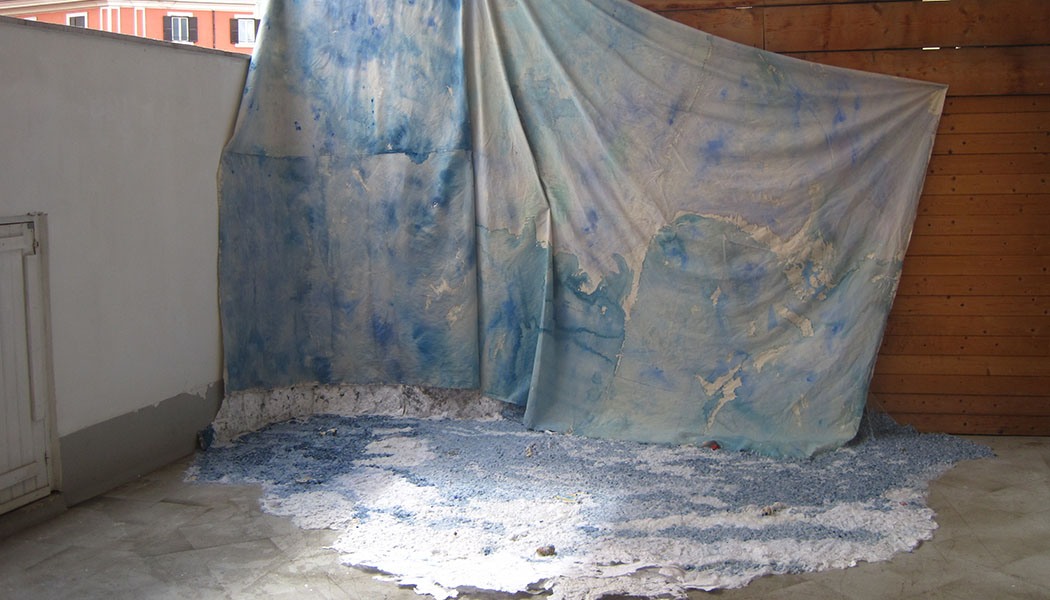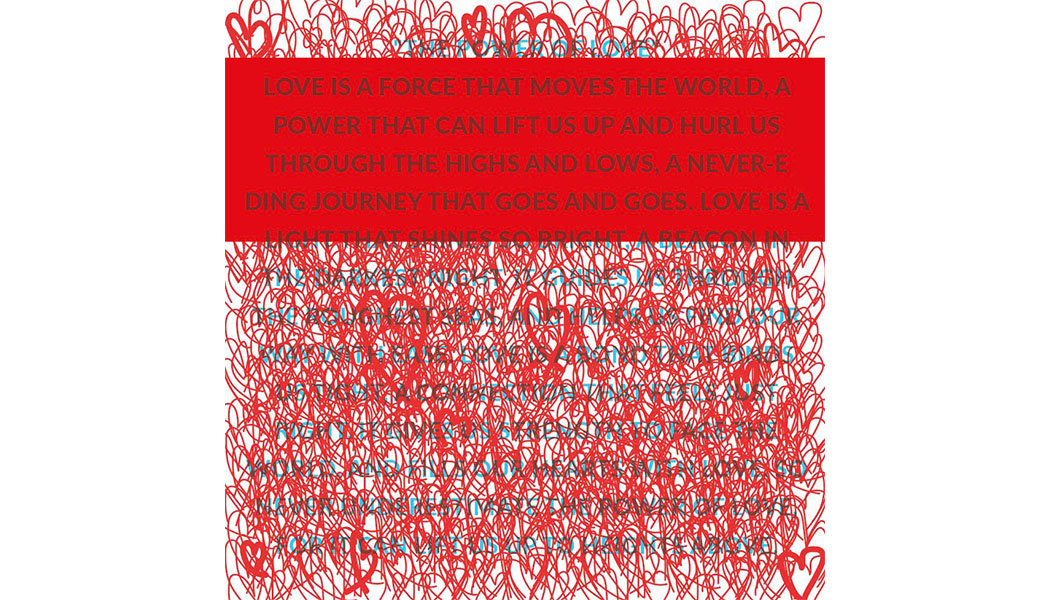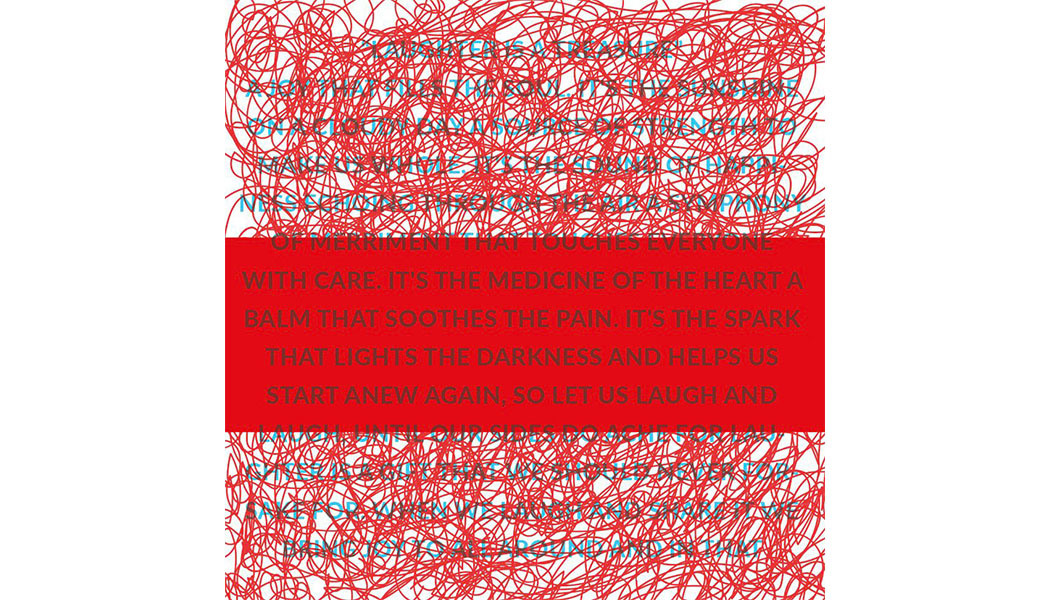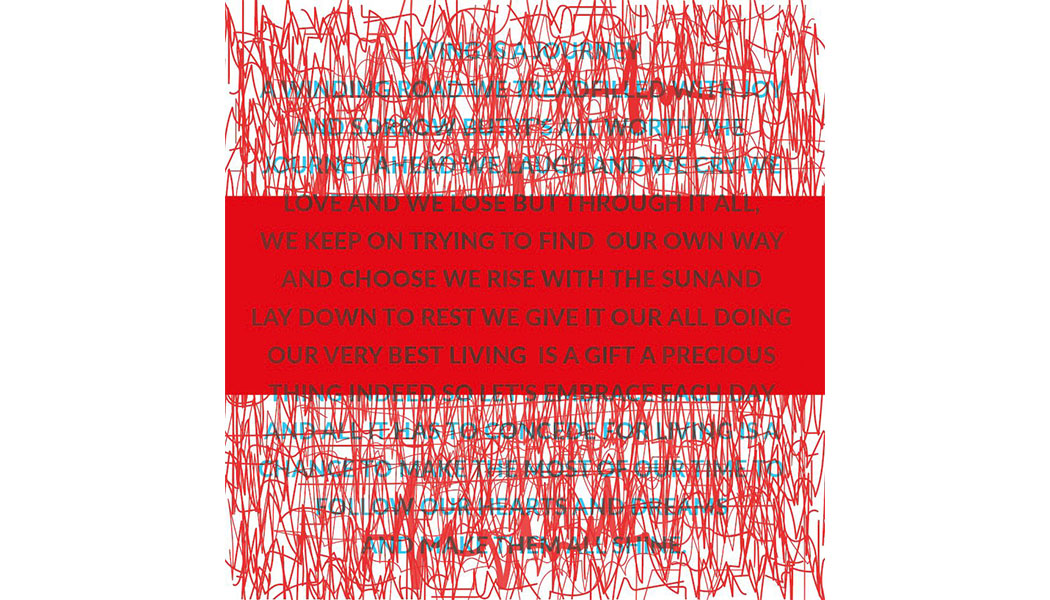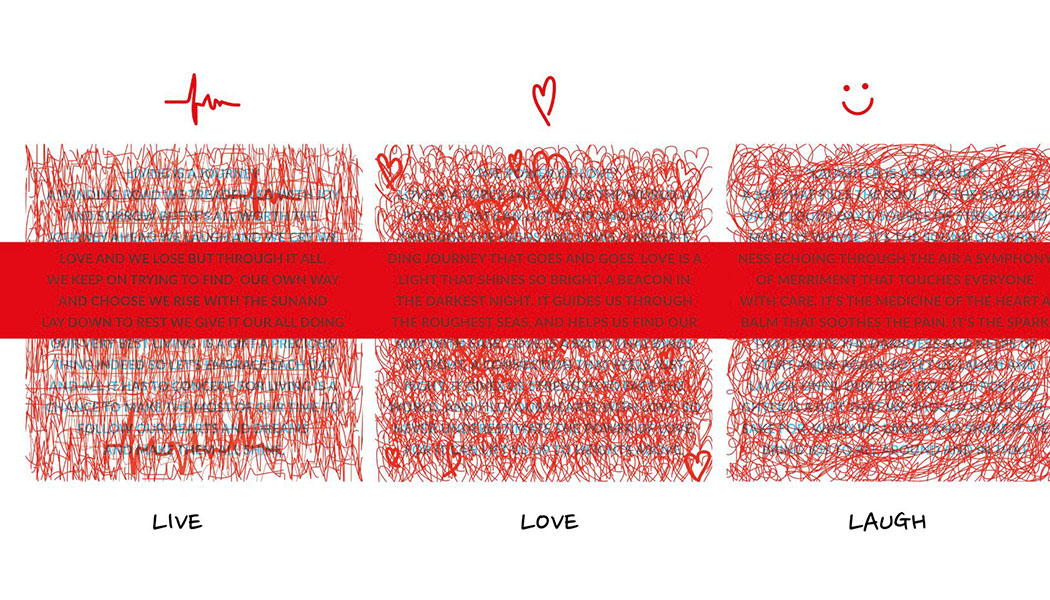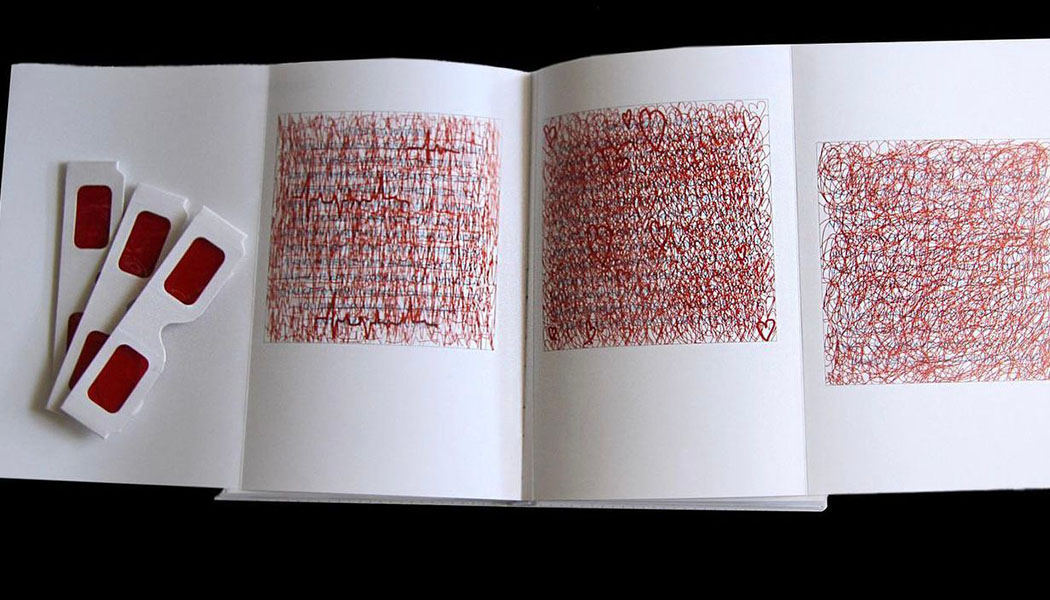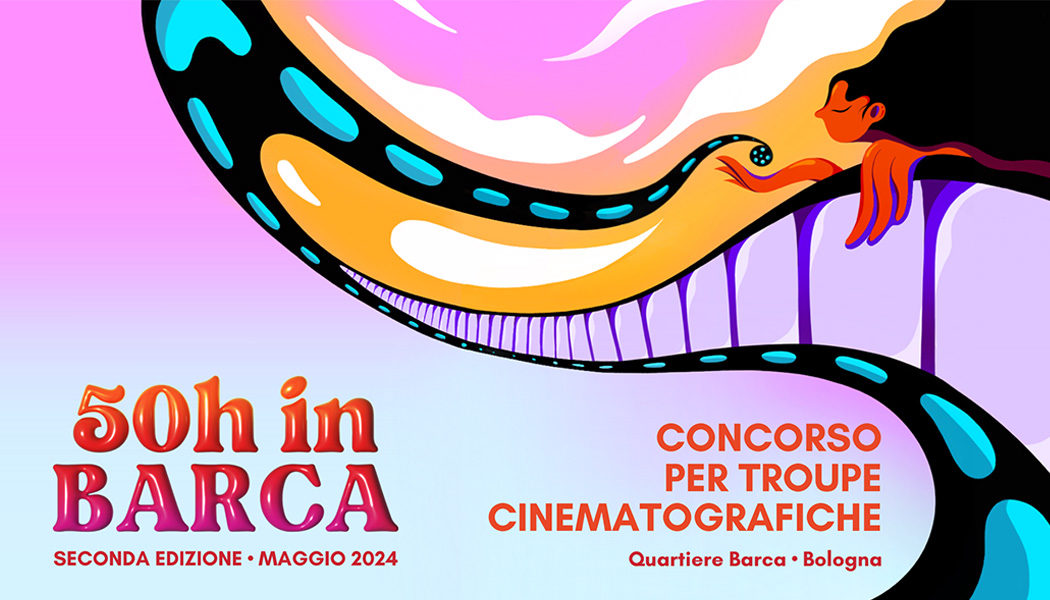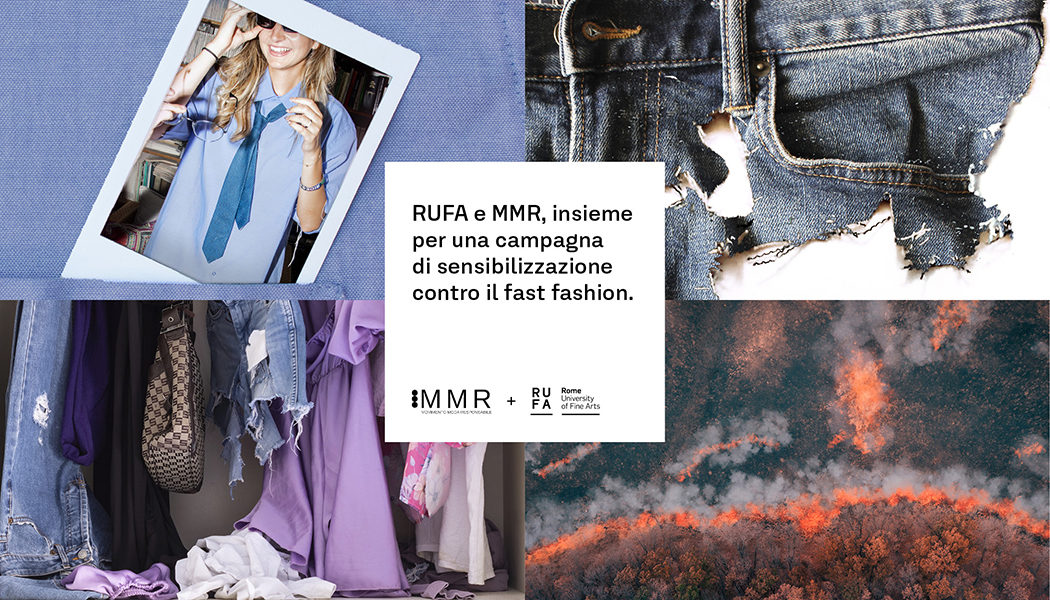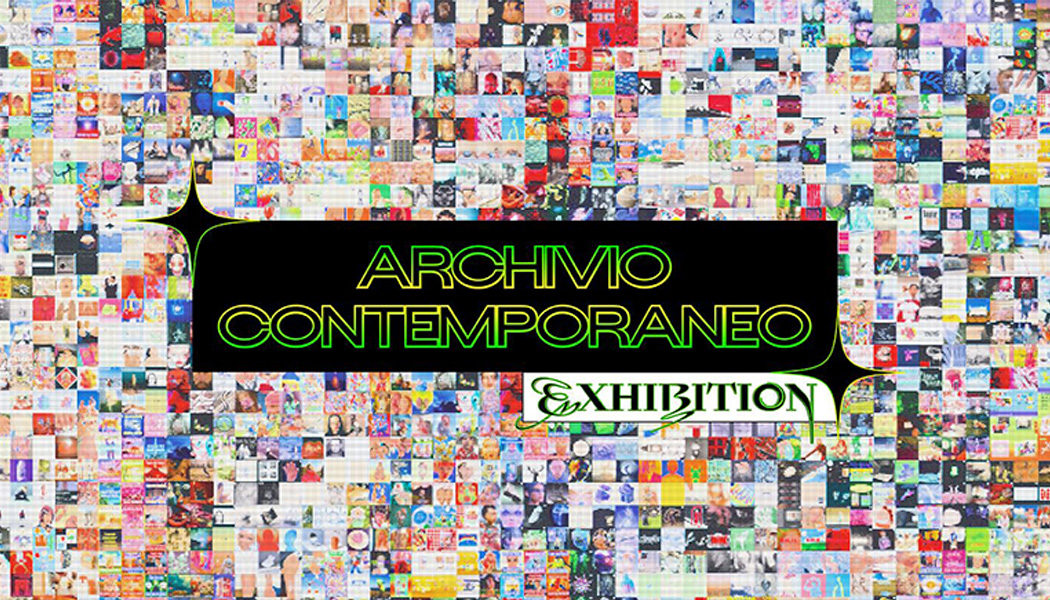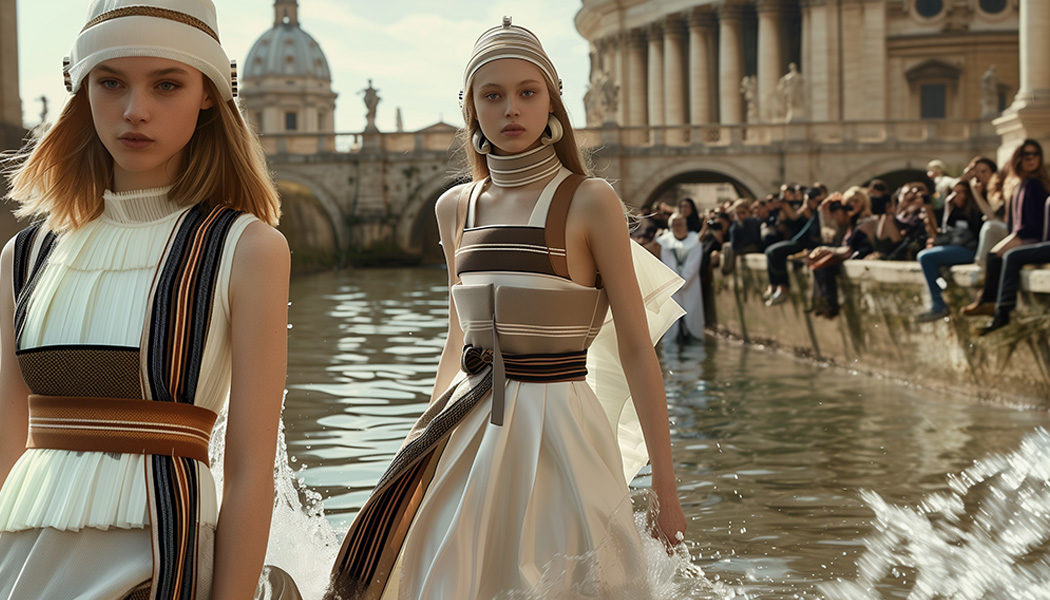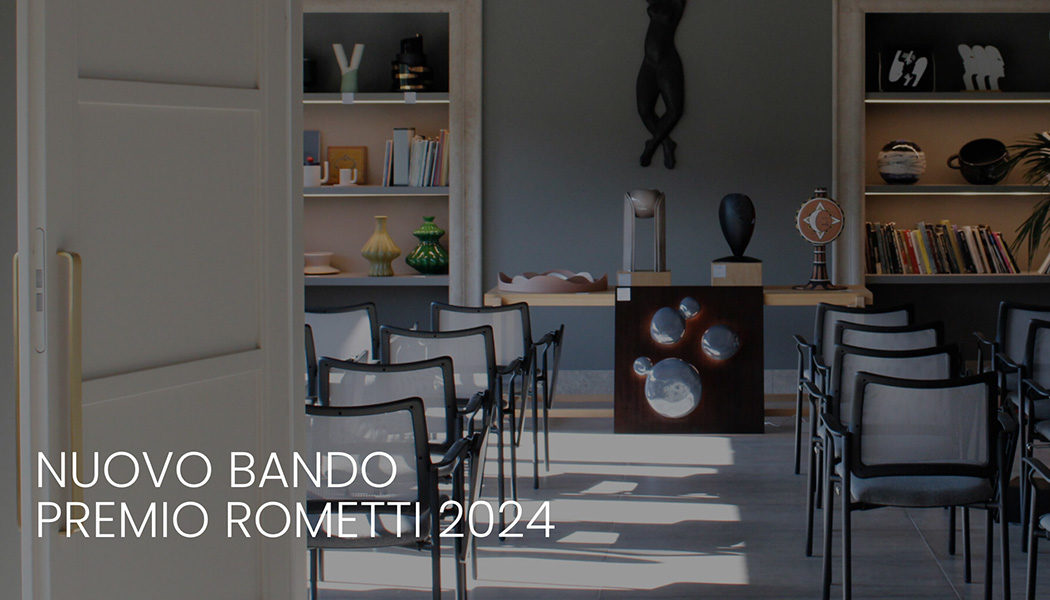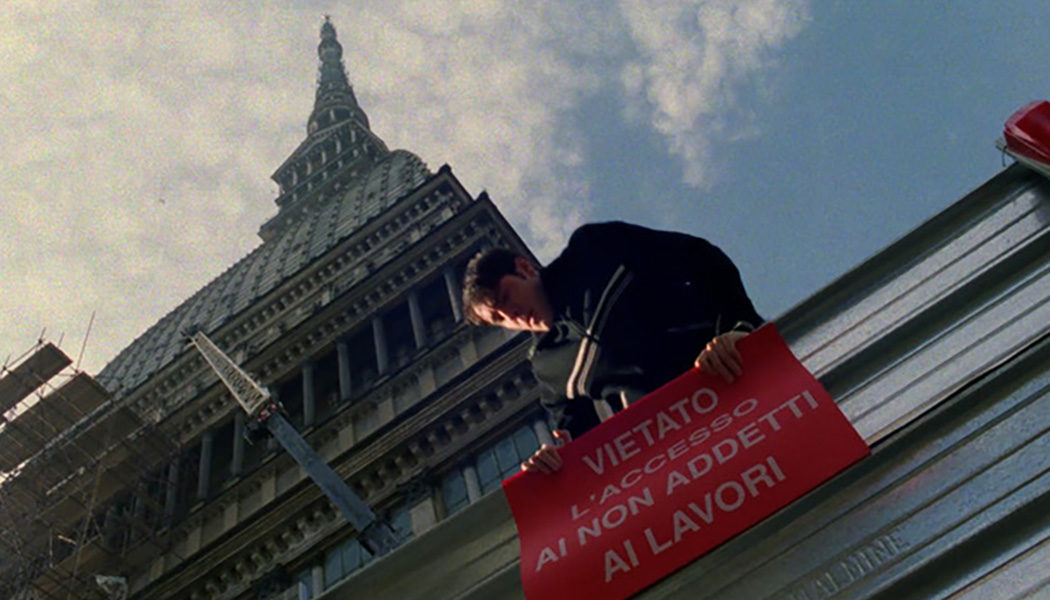A text by Fabrizio Pizzuto, critic, art historian and coordinator of the Academic Master in Art Curating and Management.
When it appears, the release of a painting is increasingly less a proof of insecurity and more an enquiry and a necessity.
Younger generations are especially fascinated by the search for form, and by the need to understand what needs to happen within it. In other words, where an image can or should go. We live in a somewhat quirky era for art criticism, as we are orphaned for many years of the best Italian form and aesthetics thinkers, endlessly seeking to not understand the real depth of composition, continuing to mistakenly question symbolic meanings, rationalizations, anti-formalism, and perhaps indulging on the bad habit of relying on non-perceptual matters.
Today, what is established with the pictorial image is almost never a conceptual relationship, but a physical one. It is not about thinking of a symbol to associate with the composition but tainting one’s eyes and hands with lines and shapes.
In this scenario, colour generates the image by internal rules and constructs the vision. Drawing is sometimes a quick memory, a fine-tuning, a note that does not imply a new development, but works in itself; as if to say, a notebook or a poem, a self-fulfilling and self-speeding genre. This is not an age for symbolism or ‘quotationism’. It seems necessary, and in fact, it often happens, to bring painting back to something liveable, to revamp sensation. It is also pointless to look for narratives or socio-cultural references. The search for an “image of sensation”, a presence before things, is making its way into painting (and even into installations with a few refined crossovers). Perhaps, only at the limit, it recalls others, perceiving oneself as a viewer-dreamer. Something from the real world is certainly a source, but it is rather something that is observed, thought, or remembered, but then let slide. The image, whether solid lines or a house, carries something that persists in the retina when nothing is left.
Authors: Giulia Romolo e Claudia Evangelista
Artwork title: Atarassia’nfosa
Installation Vieux
Aside from the continuous spectacularization of today, there is no quick thinking left, as one might have supposed. Instead, facing the image, we see the comeback of the heath, the fog, the woods, Cezanne’s card players, a landscape by de Staël, perhaps, why not, a supermarket, a comic book, a TV series. All this, in some cases, is kneaded into the composition, but it no longer has the compact and colourful spread of classic pop, nor does it even refer to it. In the end, it is only a vision of the sensation of being alive today, of having always been alive, of not being sure of being so. Even the object no longer tells a story, at least not in the classic sense that we would expect. A piece of wood is not a forest or the memory of a tree, but it is the essence of wood, the woodiness, the noumenon that speaks of the phenomenon only as a reference. Moreover, the possibility that the image may have lumps, oils, resins, or ghosts is even greater. Whether it is acrylic or oil it makes all the difference in the world. Technique works with speed, sedimentation, and the properties of the material.
The viewer completes the painting; a lot of time spent painting asks for a lot of time to look at the details; the gestures made in the writhing and rolling of the colour unfold in front of the viewer; on the other hand, little time spent splashing and flying the brushes invites for a quick glimpse to get lost in the soft or high or low colours. If the focus today is once again on sensation, the experience and the quality of the material mean everything. We have lost a lot of artworks due to low quality; they do not perform, do not shine, and do not last. We need to stop pleading guilty for every incoherent figure we represent and learn to bring it towards a proper handling time. From the freedom to add light, to put a light mark on top without an (apparent) conceptual rationale, a heavy one on the bottom, a yellow that comes towards you, a lump of colour for texture, we proceed to finally bring this inquiry with freedom towards authentic states of mind.
It’s something liquid, in the same way our world liquefies without certainties, a world where one seeks a new possibility of experiential redemption.
A silence finally. Silent, meditative and subtle places attract more than the cities. But be aware, it’s not exotic, it’s not Gauguin, perhaps it’s Van Gogh’s Crows, but more than that it’s the Mandelli heathland, or the warm countryside of Morlotti. There is a lot of Morandi. Courage and curiosity. Being present to oneself. Constantly collecting new information and then throwing away half of it into oblivion. Exploring the gesture and the painting, knowing that it is a grammar and a language. Therefore, proceed and gain life experiences because it serves the human being, the viewer, and the painter at the same time. It’s an issue that concerns having a style, of vision as well as action. Don’t give up when you can’t succeed, there’s nothing you have to achieve and there’s nothing to prove, it will become clear over time. Be yourselves, either it’s important or it’s not, and if it is, it keeps us alive and makes us alive in a present that we must explore together.
